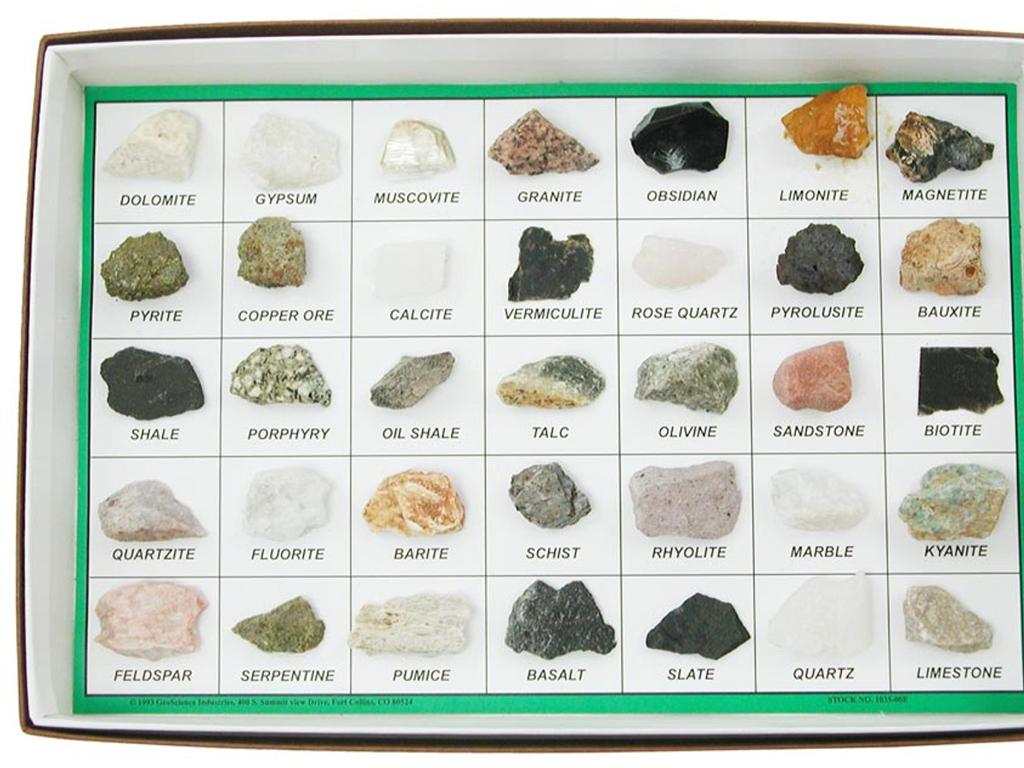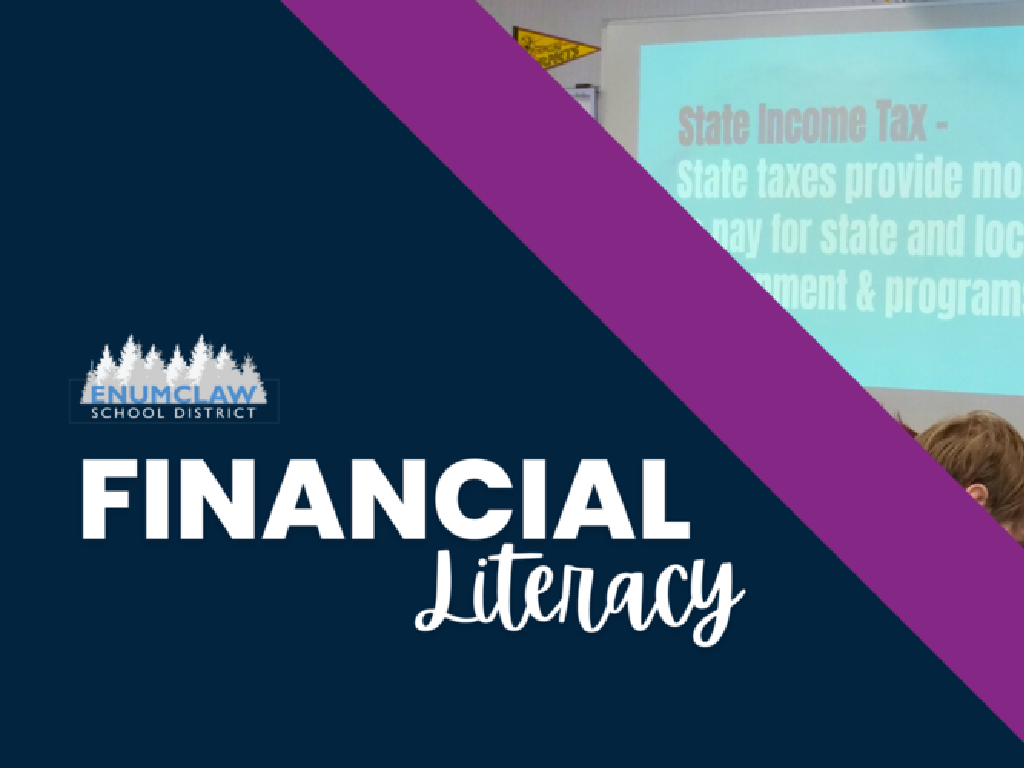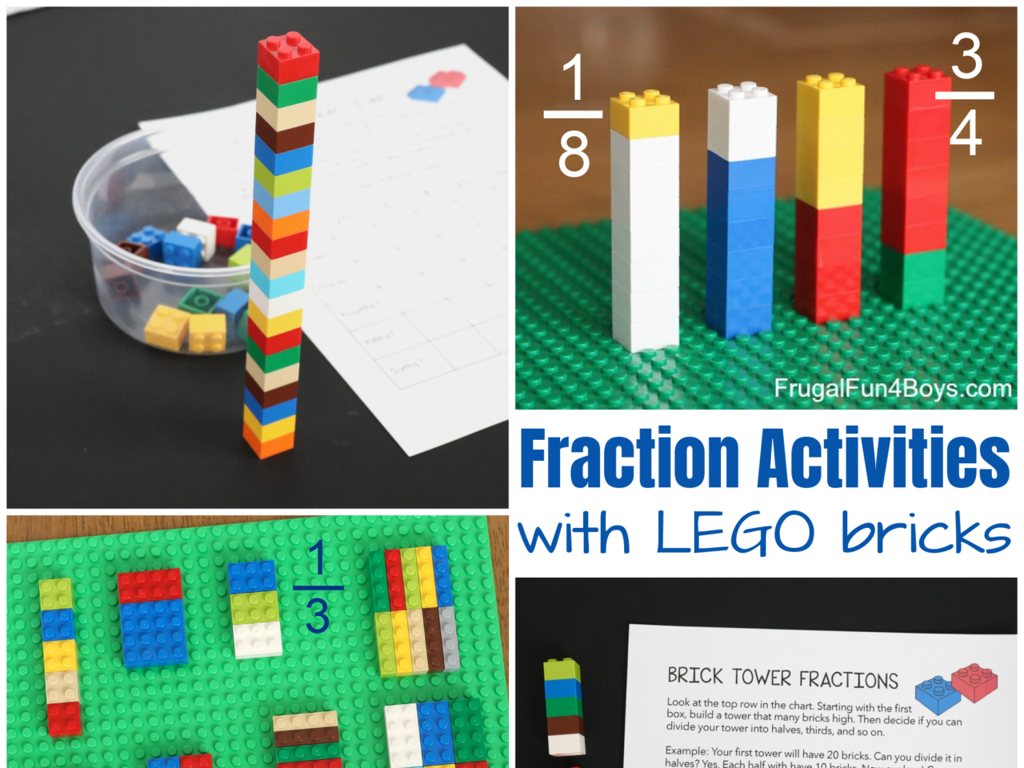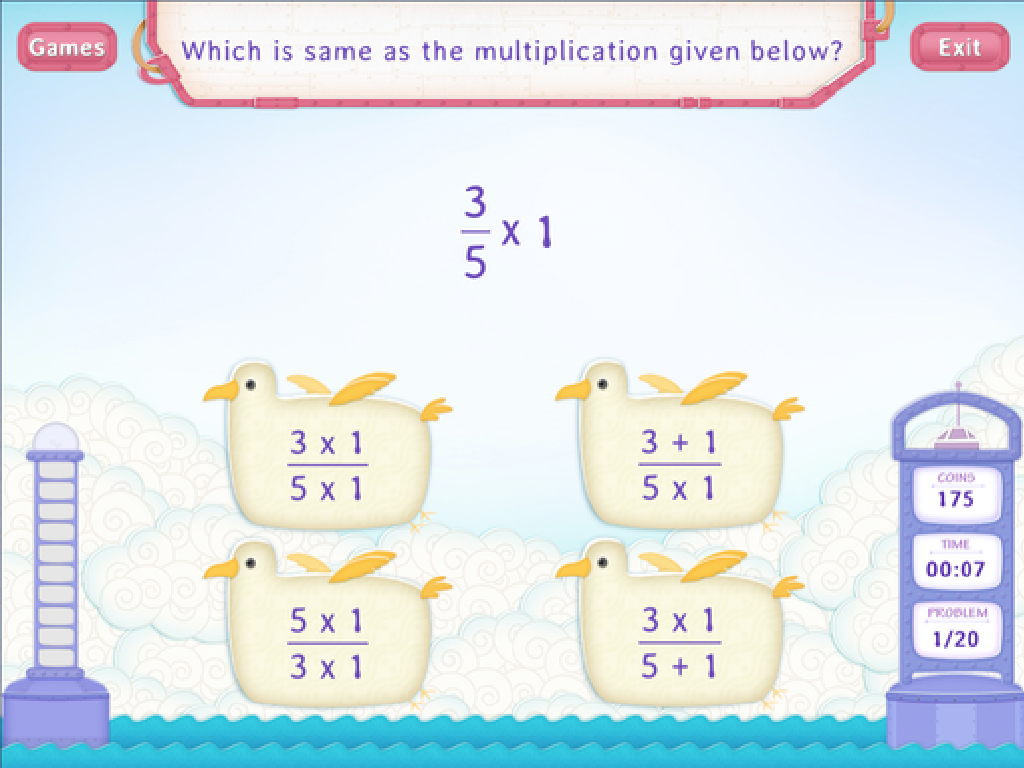Analogies: Challenge
Subject: Language arts
Grade: Eighth grade
Topic: Analogies
Please LOG IN to download the presentation. Access is available to registered users only.
View More Content
Mastering Analogies: Making Connections
– What are analogies?
– Analogies compare two things that are alike in some way, e.g., ‘Hand is to glove as foot is to sock.’
– Significance of analogies
– They enhance vocabulary, comprehension, and critical thinking.
– Today’s analogy challenge
– Solve complex analogies to sharpen your language skills.
– Strategies for solving analogies
– Use relationships like synonyms, antonyms, part to whole, etc.
|
This slide introduces the concept of analogies and their importance in language arts and critical thinking. Analogies are a powerful tool for understanding and drawing connections between different concepts. They are essential for building vocabulary, enhancing reading comprehension, and developing reasoning skills. Today’s class challenge will involve solving increasingly complex analogies, which will help students practice and master this skill. Encourage students to think about the relationship between the pairs of words and to use strategies such as identifying whether the words are synonyms, antonyms, or part-to-whole relationships. Provide examples and guide them through the process of solving analogies step by step.
Understanding Analogies
– Analogy: A comparison concept
– Compares two different things to highlight a point of similarity.
– Highlights similarities
– Shows how two distinct items are alike in one or more ways.
– Example: Sword and Pen
– ‘Just as a sword is the weapon of a warrior, a pen is the weapon of a writer.’
– Enhances comprehension
|
An analogy is a powerful language tool used to draw a comparison between two different things, showing how they are similar in one or more respects. It’s often used to clarify a concept or to persuade. For example, comparing a sword to a pen emphasizes the idea that both have a powerful impact in their respective fields. This slide aims to help students understand the concept of analogies and how they can be used to enhance comprehension and communication. Encourage students to create their own analogies as a class activity, focusing on finding similarities between seemingly unrelated objects or concepts.
Exploring Types of Analogies
– Synonym Analogies
– Words with similar meanings (e.g., happy:joyful :: sad:sorrowful)
– Antonym Analogies
– Words with opposite meanings (e.g., hot:cold :: high:low)
– Part to Whole Analogies
– An item is to a group (e.g., wheel:car :: petal:flower)
|
This slide introduces students to different types of analogies, which are comparisons that show relationships between words. Synonym analogies compare words with similar meanings, helping to expand vocabulary and understanding of nuances in language. Antonym analogies focus on words with opposite meanings, which can enhance comprehension and contrast in writing. Part to whole analogies examine the relationship between a component and the larger item it belongs to, aiding in understanding complex structures. Encourage students to create their own examples of each type of analogy to deepen their grasp of the concept.
Crafting Analogies: Understanding Relationships
– Forming an analogy: relationship identification
– Determine how two things are connected; like steps to a dance.
– Practice with personal analogy creation
– Use your interests to create relatable analogies.
– Analogy example: ‘Finger is to hand as leaf is to ____?’
– Think: A finger is part of a hand; a leaf is part of a ____.
– Engage in class analogy challenges
– Share and solve analogies with classmates for a fun challenge.
|
This slide introduces students to the concept of creating analogies by identifying relationships between pairs of words or concepts. Start by explaining that an analogy is a comparison that shows a relationship between two things. Encourage students to think about how items are related, such as function or characteristic. Provide time for students to practice creating their own analogies based on their hobbies or interests to make the activity more engaging. Use the provided example to illustrate how analogies work and then challenge students to complete it. Finally, set up a class activity where students can share and solve each other’s analogies, promoting a collaborative and interactive learning environment.
Analogies in Literature
– Authors’ tool for deeper meaning
– Identify analogies in excerpts
– Find analogies in provided texts
– Discuss analogy impacts
– How do analogies add to the narrative?
– Enhance comprehension
– Analogies help grasp complex concepts
|
This slide introduces the concept of analogies in literature, a technique authors use to create richer, more relatable content. Students will practice identifying analogies in various literary excerpts, enhancing their analytical skills. The discussion will focus on how analogies contribute to a deeper understanding of the text and add layers of meaning. Encourage students to think about how analogies make complex ideas more accessible and relatable. Provide examples from well-known works of literature where analogies are used effectively. This exercise will help students appreciate the skillful use of language in literature and improve their own writing.
Analogies in Real Life
– Analogies beyond language arts
– Everyday life analogies
– Common sayings are often analogies
– ‘Life is like a box of chocolates’
– This famous analogy means life is full of surprises
– Analogies clarify complex ideas
– They simplify and relate unfamiliar concepts to known experiences
|
This slide aims to show students that analogies are a powerful tool not only in literature but also in everyday communication. They help us make sense of new or complex ideas by relating them to something familiar. The phrase ‘Life is like a box of chocolates’ is an analogy that suggests life is unpredictable, with many unknowns. Encourage students to think of analogies they have heard or used themselves. Discuss how these analogies helped them understand or explain something that was initially difficult to grasp. This will help them appreciate the value of analogies in both academic and real-world contexts.
Analogy Challenge: Test Your Skills
– Understand the analogy relationship
– I’ll present an analogy challenge
– An example: ‘Puppy is to dog as kitten is to ?’
– Identify the relationship
– Determine how the first pair of words are related
– Complete the given analogy
– Use the relationship to find the missing word
|
This slide is designed to engage students in a challenging exercise that tests their understanding of analogies. Start by explaining that an analogy is a comparison that shows a relationship between two things. Present an analogy to the class and guide them through the process of identifying the relationship between the first pair of words. Once they understand the relationship, challenge them to complete the analogy with an appropriate word. For example, if ‘Puppy is to dog as kitten is to ?’, students should identify that a puppy grows into a dog, just as a kitten grows into a cat. The answer would be ‘cat’. Encourage students to think critically and discuss the reasoning behind their answers. This activity will help reinforce their understanding of analogies and how to apply this knowledge.
Class Activity: Crafting Analogies
– Pair up and create five analogies
– Share your analogies with the class
– Engage in a class vote on creativity
– Consider originality and how well each analogy captures the relationship
– Reflect on the accuracy of analogies
– Discuss why some analogies work better than others
|
This activity is designed to enhance students’ understanding of analogies by engaging them in a creative and collaborative exercise. In pairs, students will think critically to form original analogies, drawing connections between seemingly disparate concepts. After sharing their analogies with the class, a vote will be held to foster a sense of community and friendly competition, highlighting the most creative and precise analogies. The teacher should facilitate discussions on why certain analogies were more effective, guiding students to a deeper comprehension of how analogies function and why they are a powerful language tool. Possible activities could include creating analogies based on current lessons, using vocabulary words, or relating to personal experiences.
Analogies: Review and Reflection
– Recap on analogies
– Importance of analogies
– Analogies enhance understanding and communication
– Discuss challenges faced
– Reflect on a tough analogy and why it was hard
– Share enjoyable aspects
– Mention an analogy that was fun to solve
|
This slide aims to consolidate the day’s learning by encouraging students to reflect on the concept of analogies. Start by asking students to summarize what they’ve learned about analogies, emphasizing their role in drawing comparisons that illuminate relationships between different concepts. Discuss why analogies are powerful tools in language, aiding in learning, communication, and making complex ideas more relatable. Encourage students to think critically about any difficulties they encountered, perhaps with more complex or less obvious analogies, and to consider what made certain analogies enjoyable, such as those that connected to their interests or were creatively constructed. This reflection will help reinforce their understanding and appreciation of analogies in language arts.
Homework Assignment: Analogies in Media
– Find an analogy in media
– Bring your example to class
– Be ready to explain its use
– What does the analogy compare and why?
– Discuss the analogy’s effectiveness
– How does the analogy enhance understanding or persuasion?
|
This assignment encourages students to explore the use of analogies in various media forms. By finding an analogy in an advertisement, song, or movie, students will learn how analogies are used to create connections and enhance understanding. They should be prepared to explain what the two compared items are, the purpose of the analogy, and how it helps to convey a message or persuade the audience. This activity will help students recognize the power of language in media and improve their analytical skills. In the next class, we will discuss these examples, which will deepen their understanding of analogies and their impact on communication.





